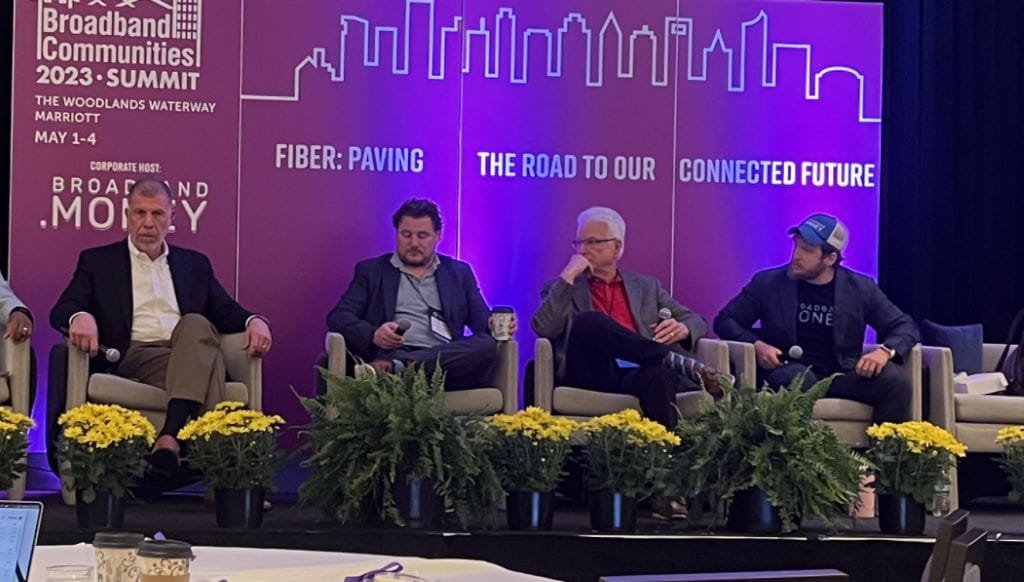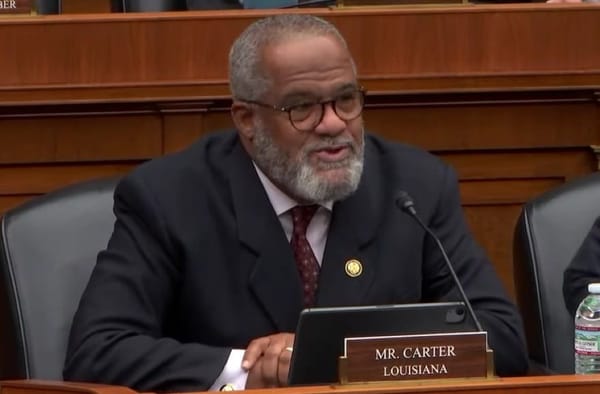On Broadband Maps, Data Management Over Time Even More Important Than Accuracy
Broadband leaders have ‘unrealistic expectations’ for mapping accuracy, panel hears.
Teralyn Whipple

HOUSTON, May 5, 2023 – The fundamental issue of the Federal Communications Commission’s broadband location fabric is not its inaccuracies but rather how the data will be managed over time, said mapping experts at a Broadband Communities event Wednesday.
The broadband fabric data is a dataset that maps all locations at which “fixed broadband internet access service has been or could be installed.” The FCC populates its National Broadband Map with the fabric data and the National Telecommunications and Information Administration has committed to allocating federal broadband funding by June 30 based on a version of the map.
Since its initial roll-out and subsequent challenge process – in which providers and state broadband offices have been able to challenge coverage claims by submitting contrary evidence – many have complained about the map’s many inaccuracies.
“In that first version, we got feedback that there were issues with the data, that we missed points, and we did,” said James Stegeman, president of CostQuest, the mapping company that was hired to deliver the fabric data.
The second version of the map is “light years” ahead of the first version, said Jase Wilson, CEO of Ready.net.
Concerns about allocation decisions based on map
Concerns remain that the National Telecommunications and Information Administration will base initial allocation decisions of the $42.5 billion Broadband Equity, Access and Deployment program on inaccurate maps which will impact states’ ability to get the funding they need to address the needs of their communities.
Ideally, there would be more challenge processes and versions of the map before allocating funds, Stegeman said in response to the concerns.
“Yes, there are going to be tiny inaccuracies [in the map],” said Gerry Lawlor, founder and CEO of mapping software Hexvarium, but the industry needs to move past the inaccuracies and address the “bigger challenge” of ensuring the data – and the detail behind it – is equally available to small and large providers to develop their business plans and financial models.
Not all audience members agreed with his assessment. “Let’s generate the most accurate maps that we can to ensure that state broadband offices have the data they need to allocate fundings,” said Scott Woods, president of public-private partnerships at Ready.net.
Woods pointed out that community anchor institutions and multi-dwelling units are often not accurately reflected in the map, which can present a barrier for states to receive accurate funding.
Community anchors are not considered broadband serviceable locations under the FCC’s Broadband Data Collection rules.
The fabric does identify some community anchor institutions, said Stegeman. The FCC provides guidelines on which locations are considered community anchor institutions and included on the map.
“The difference between the FCC’s fabric and what we found is not statistically significant,” said Bill Price of mapping software LightBox.
It’s important to address accuracy, he said, but people need to recognize how much time it takes to accomplish these big goals. It is good that the industry is complaining and pointing out problems, but people have “unrealistic expectations” for the map, he said.
“I think that most of the blame for the accuracy of the map is in the hands of the ISPs,” said Lawlor. In a competitive landscape, providers will not be completely forthcoming about the services they provide, he said.
That’s why the FCC needs to hold ISPs accountable and set a precedent for accuracy, he said: “Is the FCC going to be willing to hold ISPs accountable and then can states fundamentally trust that to hold any grantee accountable for delivery to that location and monitor and manage that over time?”









Member discussion